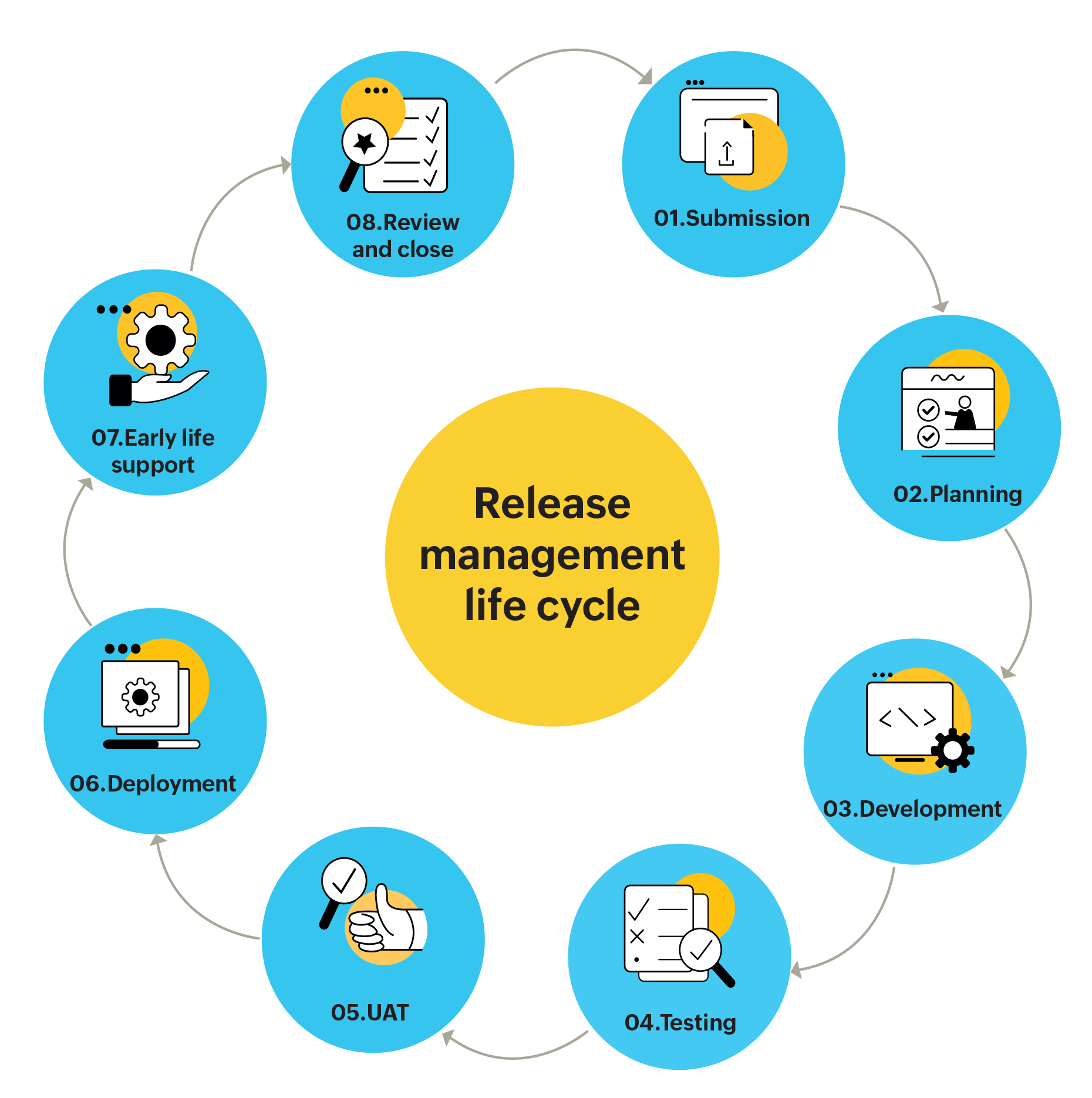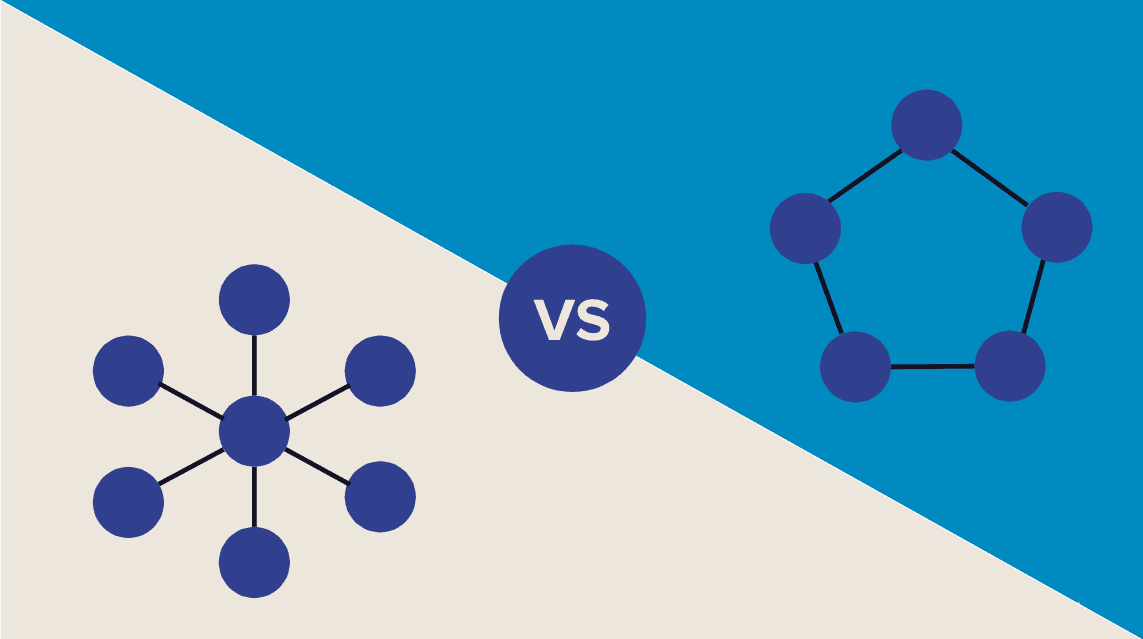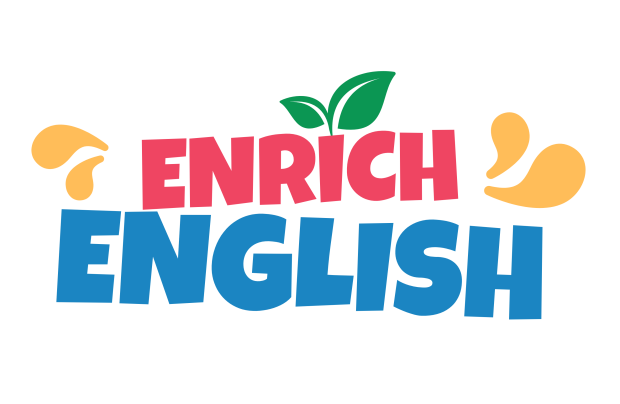Describe software
Discuss contexts for describing software, and learn and practice effective techniques for detailed software descriptions.

Part 1
Warm-up
Answer the questions
What did we discuss in the last lesson?
Can you describe a recent project you worked on?
Part 2
Vocabulary
Read the word, its’ meaning, and the examples
Then make up your own sentences using the word.
Student can skip the words they already know.
open source
/ˌoʊ.pən ˈsɔːrs/

Open source software is free to use, share, and modify without needing special permission or payment.
Many developers prefer using open source software to avoid licensing fees. (adj)
Open source offers many benefits to developers. (n)
main feature
/meɪn ˈfiː.tʃər/
The most important or central function of a software or product.
The main feature of the new update is enhanced battery efficiency.
The main feature of this app is its ability to sync data across devices.
use case
/ˈjuːs keɪs/

a specific situation in which a product or service could be used
A use case for an app might be managing your daily tasks.
A use case for a weather app is checking the forecast to plan your week.
release cycle
/rɪˈliːs ˈsaɪ.kəl/

The routine period during which a version of software is developed and released.
The software follows a six-month release cycle for major updates.
We adjusted our release cycle to quicken product improvements.
roll out
/roʊl aʊt/

To officially launch a new product or service to the public.
The company plans to roll out the new software next month.
A new feature will be rolled out in the upcoming release.
centralized platform
/ˈsen.trəˌlaɪzd ˈplæt.fɔrm/

A single system where multiple users or applications can interact or manage data.
The centralized platform allows easy access to all corporate resources.
They introduced a centralized platform to streamline operations.
mitigate
/ˈmɪt.ə.ɡeɪt/

to make something less harmful, unpleasant, or bad
The software helps to mitigate risks in data transactions.
They implemented features to mitigate user errors.
tiered pricing
/ˈtɪərd ˈpraɪ.sɪŋ/

Different price levels offered, based on features or usage.
Choose from basic, premium, or deluxe plans with tiered pricing.
Our web hosting uses tiered pricing to fit different budgets.
Make up your own sentences using the words.
Part 3
Reading comprehension
Read the article and answer questions.
Teacher helps student correct their pronunciation.
Understanding TaskFlow Pro
TaskFlow Pro is a project management tool designed to help teams of all sizes manage their projects more efficiently. It offers an interactive dashboard that allows users to see the progress of their projects at a glance. This includes customizable charts and indicators for checking task statuses and deadlines. TaskFlow Pro also has features for collaborative task management, which include assigning tasks, setting deadlines, and updating statuses in real-time. The software integrates chat and file-sharing options, which help improve communication among team members. Additionally, it includes tools for resource allocation, helping to prevent burnout by evenly distributing workloads using AI-driven suggestions. TaskFlow Pro is mobile compatible, allowing users to access all features from their phones, making it a versatile choice for modern teams.
Check your understanding
What is the primary function of TaskFlow Pro?
What feature of TaskFlow Pro helps in preventing team member burnout?
How does TaskFlow Pro enhance team communication?
Can TaskFlow Pro be used on mobile devices? Why is this beneficial?
Sample answer
- The primary function of TaskFlow Pro is to help teams manage their projects more efficiently.
- The feature that helps in preventing team member burnout is the resource allocation tool, which uses AI-driven suggestions to distribute workloads evenly.
- TaskFlow Pro enhances team communication by integrating chat and file-sharing options, allowing for real-time updates and collaboration.
- Yes, TaskFlow Pro can be used on mobile devices. This is beneficial as it allows users to access the software's features from anywhere, enhancing flexibility and convenience.
Part 4
Small discussion
Teacher & student discuss the questions.
In what different contexts might IT professionals need to describe software, and why is it important in each case?
Student & teacher will discuss here & following these ideas:
- What contexts?
- Specific purpose in each context
Contexts for describing software
IT professionals often need to describe software in various contexts, each serving a specific purpose:
Sales & marketing: To convince potential customers of the software’s benefits and suitability for their needs.
User training & support: To help users understand how to operate the software and resolve any issues they encounter.
Project management and team briefings: To ensure all team members are informed about the software tools they will use in a project.
Guiding new team members: To bring new hires up to speed on the tools and systems they will be using.
Stakeholder updates: To keep stakeholders informed about the software’s development progress and how it meets strategic objectives.
Documentation: To provide comprehensive manuals and guides that help users and developers understand and utilize the software effectively.
Job interviews: To demonstrate a candidate's expertise and experience with specific software tools or projects.
Networking & professional events: To share knowledge, discuss trends, and foster collaborations within the industry.
Investor pitches: To outline the software’s unique value proposition, market potential, and competitive edge to secure funding.
Part 5
Describing software
Teacher guides the student to describe a software
Some ideas to describe a software:
- What is that software?
- Purpose of the software/use cases
- Key/main features
- Target audience
- Technical requirements
- Price
- Future developments.
- For development, can mention release cycles, testing environments, program framework.
Now, Let’s learn the example to describe a software
Some ideas to describe a software:
- What is that software? => Short description
- Example: TaskFlow Pro is a comprehensive project management tool designed to streamline team collaboration and task tracking.
- Purpose of the software/use cases: what the software is used for, problem it solves
- Example: It solves the problem of inefficient project tracking by providing real-time updates and customizable reporting features.
- Key/main features: main functionalities, unique selling points
- Example: One of the key features includes automated alerts that notify team members about impending deadlines.
- Its unique selling point is using artificial intelligence to spot project issues before they happen
- Target audience: who it’s for, user benefits
- Example: TaskFlow Pro is ideal for small to medium-sized businesses looking for a cost-effective way to manage projects.
- Technical requirements: such as necessary hardware, OS, type of browser, …
- Example: Users will need a stable internet connection and support for the latest versions of Chrome or Firefox for the best experience.
- Price: one-time fee, monthly subscription, tiered pricing, open source.
- Example: The software is available via a monthly subscription model, starting at $15 per user.
- Future developments: planned updates/ future directions.
- Example: The development team follows a quarterly release cycle, ensuring the software remains up-to-date with the latest technological advancements.
- For development, can mention release cycles, testing environments, program framework.
- Example: The software is built on the .NET framework, leveraging its powerful features for enterprise-level applications.
Practice: Describe a software you (student) are working on or imagine, for any context you choose
Part 6
Discussion
Let’s use the vocabulary you’ve learned during the lesson and talk about the following topics/questions freely!
Teacher helps student expand and correct the answers
Describe one software that you use regularly. What are its main features?
What does ‘user interface’ mean? Why is it important?
How can software help students in their studies?
Imagine you are designing a software to help people learn languages. What features would you include?
Review
Let’s review the lesson with teacher
8 new words in this lesson
Learn about contexts to describe the software
Practice to describe the software
See you next lesson
Homework
Do homework
Research this application: https://www.free4talk.com/. Try using it and then write a short paragraph, consisting of 8-15 sentences, to describe the application.
Next, use ChatGPT to correct any mistakes. Afterwards, practice speaking the paragraph aloud, then record it and send the recording to your teacher for pronunciation feedback.

